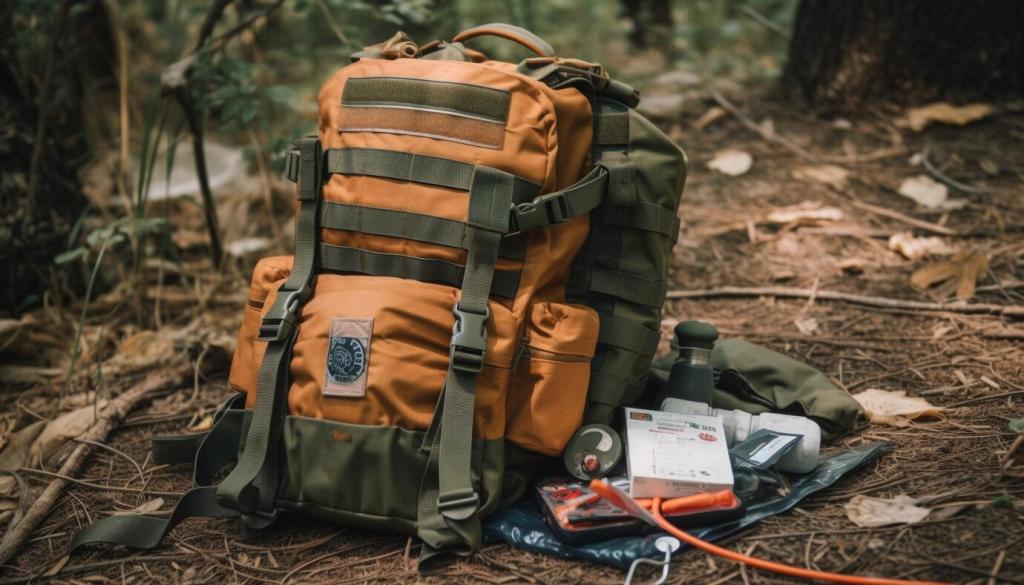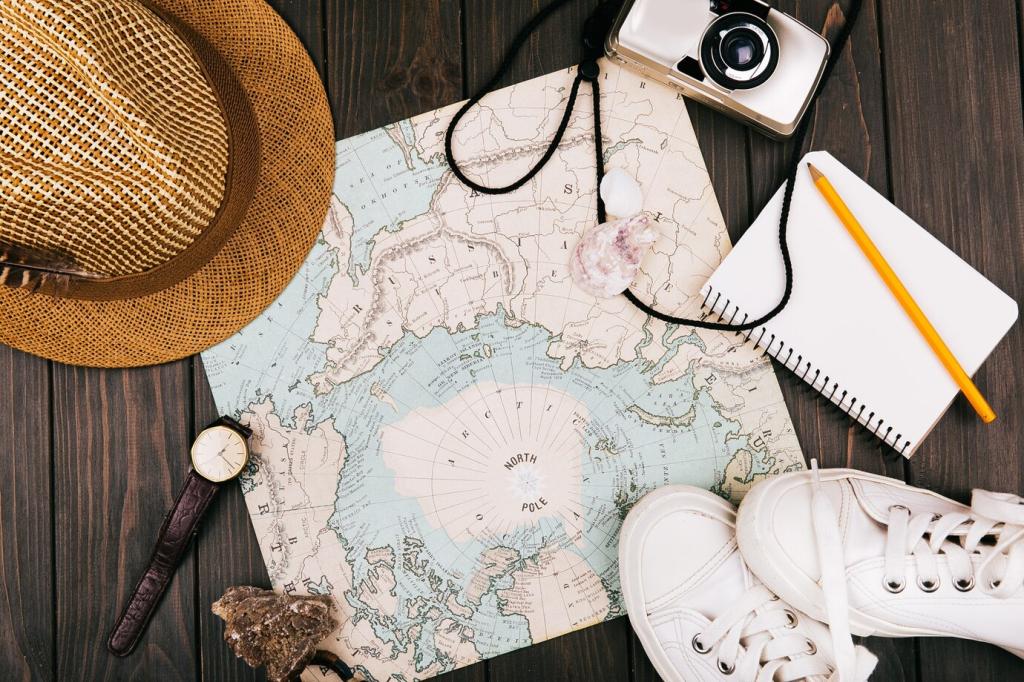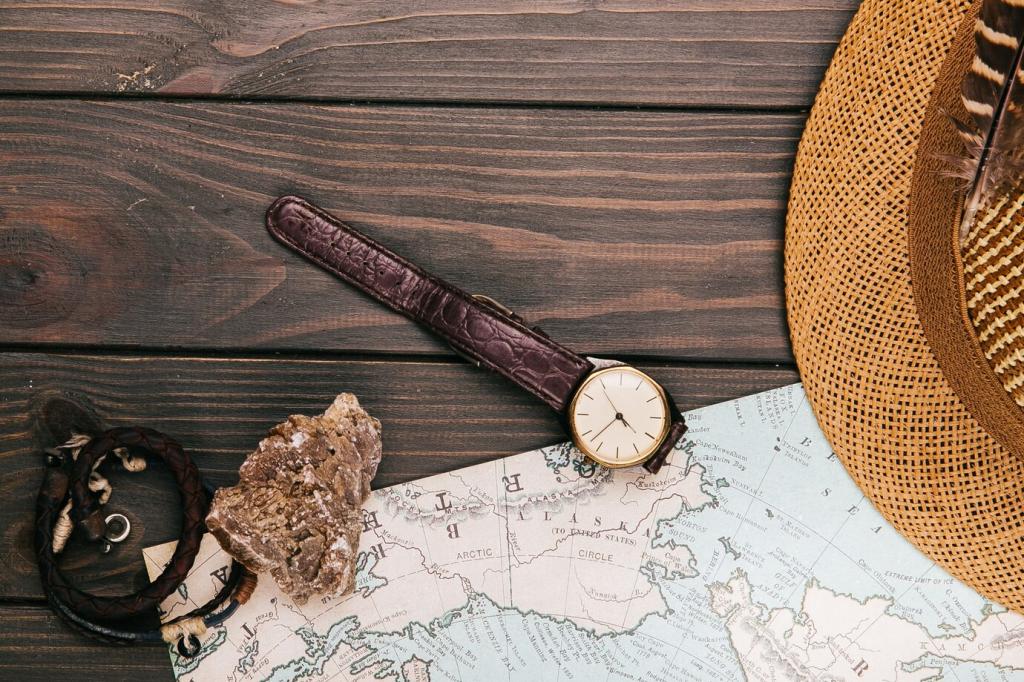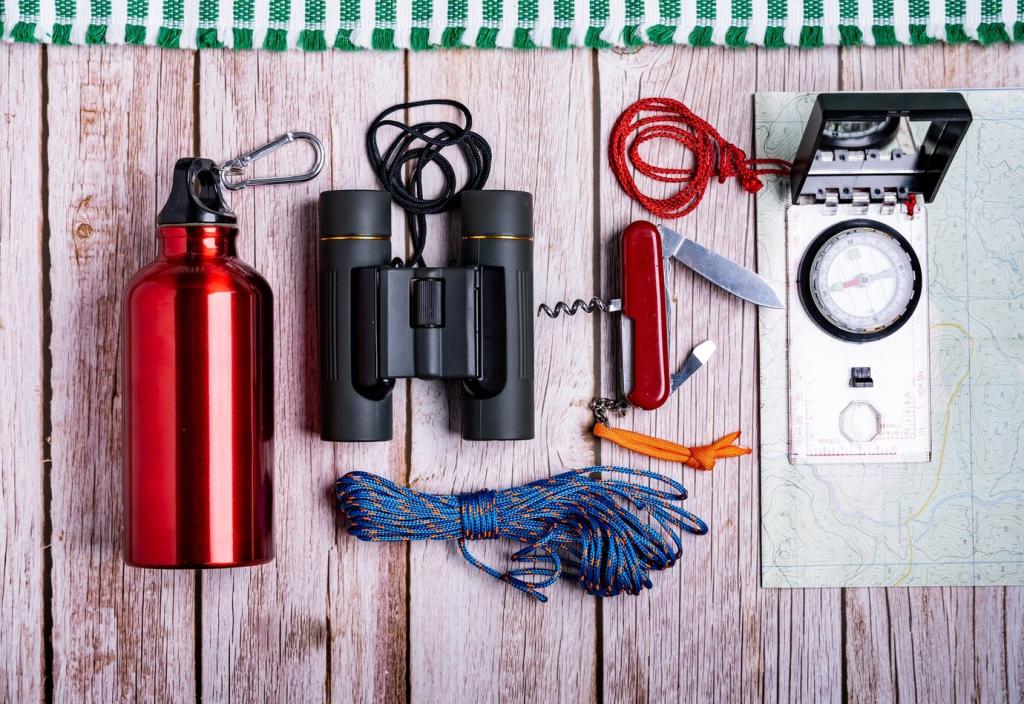Hands, Head, and Core: Warmth Under Water
Layer thin wool liners under seam-sealed shells to manage sweat and warmth. Carry a spare pair in a micro dry bag. Practice operating zippers, stove valves, and phone cameras while gloved to avoid risky bare-handed moments in icy rain.
Hands, Head, and Core: Warmth Under Water
A stiff-brimmed cap under your hood creates a gutter that directs droplets away from your face. Adjust hood cords to preserve peripheral vision. If glasses fog, crack the main zip for airflow or use anti-fog wipes before you start.






